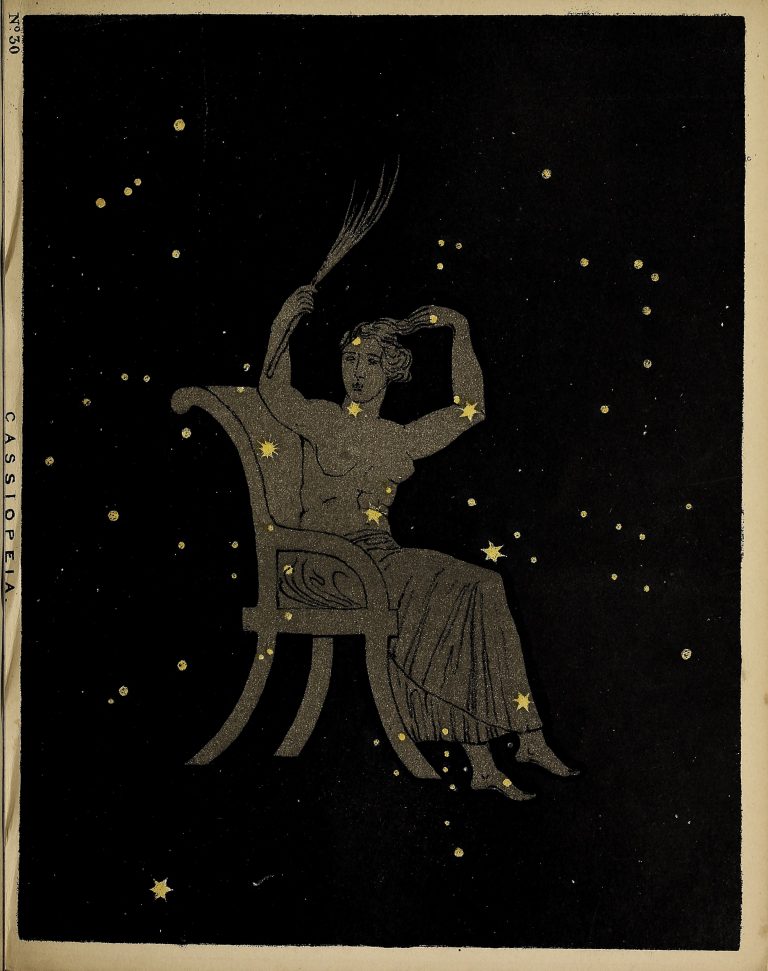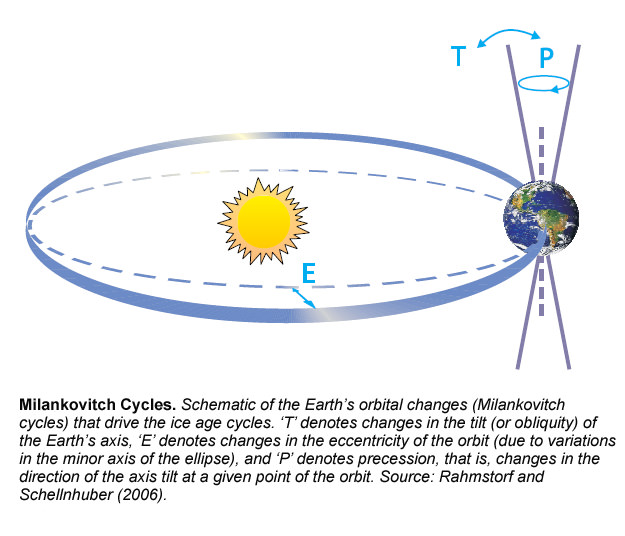

This has allowed them to create art that is both awe-inspiring and thought-provoking. With the development of space-based telescopes and other instruments, artists can now explore the vastness of the universe in a way that was previously impossible. This has allowed them to explore the vastness of the universe and its infinite possibilities.įinally, space exploration has allowed artists to explore the concept of scale in their work. Through the use of satellite imagery and other data from space exploration, artists can create art that is both visually stunning and conceptually engaging. In addition, space exploration has enabled artists to explore the concept of time and space in their work. This has allowed them to explore new concepts and ideas that could not be expressed through traditional art forms. With the development of new technologies, such as 3D printing and virtual reality, artists are now able to create art in ways that were previously impossible. Space exploration has also allowed artists to explore new mediums of art. This has allowed artists to explore and express their creativity in new and exciting ways. However, with the advent of space exploration, art has become more dynamic and interactive. Before space exploration, art was often seen as a static, two-dimensional form of expression. One of the most significant changes in the perception of art due to space exploration is the way in which art is viewed. This has opened up new opportunities for artists to explore and express their creativity in ways that were not possible before. As technology advances, space exploration has enabled people to explore the universe in ways that were previously unimaginable.

In the 21st century, space exploration has changed the perception of art in numerous ways. How Space Exploration Has Changed the Perception of Art in the 21st Century

As space exploration continues to advance, we can expect to see even more exciting developments in the intersection of art and astronomy. From the use of advanced imaging technology to uncovering new astronomical phenomena, space exploration has opened up a whole new realm of possibilities for art historians and researchers. Overall, space exploration has changed the way we study art. This knowledge has been used to inform the study of artwork, allowing researchers to better understand the historical context of artwork. This has allowed them to better understand how artwork has been affected by long-term exposure to space. For example, researchers have studied the effects of cosmic radiation on artwork. This knowledge has then been used to inform the study of art, allowing researchers to better understand the historical context of artwork.įinally, space exploration has enabled researchers to study the effects of space on artwork. This has allowed researchers to study the effects of these objects on the Earth’s climate and other aspects of our planet. For example, the Kepler Space Telescope has been used to uncover exoplanets and other distant objects. In addition to advanced imaging technology, space exploration has also enabled researchers to uncover new astronomical phenomena. This technology has also been used to uncover details in the paintings of the Renaissance, such as the Mona Lisa. For example, the Hubble Space Telescope has been used to uncover previously unknown details in the Sistine Chapel ceiling. This technology has allowed researchers to uncover previously unseen details in artwork. One of the most notable developments in the intersection of art and astronomy has been the use of advanced imaging technology.

As space exploration has advanced, so too has the way we study art. In recent years, the intersection of art and astronomy has been explored in a variety of ways. Exploring the Intersection of Art and Astronomy: How Space Exploration Has Changed the Way We Study Art


 0 kommentar(er)
0 kommentar(er)
